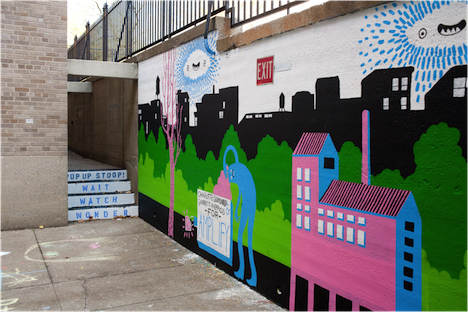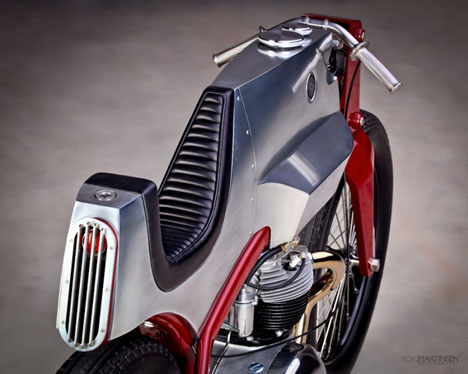
 This is the third in a 4-part series from Cameron Tonkinwise, sharing learnings from a two-year project from the New School's Design for Social Innovation and Sustainability (DESIS) Lab. Amplifying Creative Communities, works to research, promote and amplify community-based solutions for sustainability. Read the first part of this series on Kinds and Products of Social Design here.
This is the third in a 4-part series from Cameron Tonkinwise, sharing learnings from a two-year project from the New School's Design for Social Innovation and Sustainability (DESIS) Lab. Amplifying Creative Communities, works to research, promote and amplify community-based solutions for sustainability. Read the first part of this series on Kinds and Products of Social Design here.
In addition to there being a confusion of different kinds of social designing, there are also a confusing set of processes that social designing, whatever its aim, tends to use. What follows is the terminology that the Amplifying Creative Communities project adopted to weigh up how it could best do its work of co-designing social solutions and design-enabled social innovation:
Platforms
Platforms seem to be to 'social business design' what portals were to the first dot.com era. Platforms are areas that can focus social design work. Whether a physical or online location, or a combination of the two, a platform convenes background research, tools and appropriate people, allowing focused work on problem-solving or innovation with particular communities around particular themes.
The rationale for a platform is that other kinds of problems—business innovation, policy formulation and education, for example—have dedicated institutions in which solutions can be developed and applied. Social issues arise when problems manifest that lack an institution which can resource work on those problems. Digital domains and social software have enabled the creation of almost-free platforms—the primary cost is the service system design of the technologies into a productive and elegant platform—allowing social issues to convene a combination of expertise, community knowledge and cognitive surplus.
There seem to be four kinds of problems that platforms attempt to solve:
- Curating Conversations that are otherwise distributed across different social media or in times and physical places that others cannot get to.
- Making Contributing Convenient so that people can quickly get up-to-speed and participate in working on social problems or innovations in timely ways
- Making contributions relevant by allowing unified messaging about a project-managed process
- Providing a historical record that allows cumulative work as well as versioning, ensuring that distributed work not get ephemeralized
Platforms may have more or less designed processes and structures to make contributions convenient or relevant—see Formulae and Toolkits below.
The Amplifying Creative Communities project has, for each of its two years, used an exhibition as a platform. Rather than the exhibition being of completed research, summarizing what has been done, the Amplify exhibition is a platform for the design research. It curates some contextual research and presents it in a way that mobilizes it as the focus for a series of workshops with social service system design experts and local community representatives. As propositions emerge from those workshops, they are incorporated into the exhibition, and only at the conclusion of the exhibition-as-platform are there 'results.'

 A project proposing to reinforce distinct aspects of alternative food systems through staged interactions: Aaron Cansler, Amy Findeiss, Mai Kobori, Anke Riemer, Grace Tuttl.
A project proposing to reinforce distinct aspects of alternative food systems through staged interactions: Aaron Cansler, Amy Findeiss, Mai Kobori, Anke Riemer, Grace Tuttl.
























































